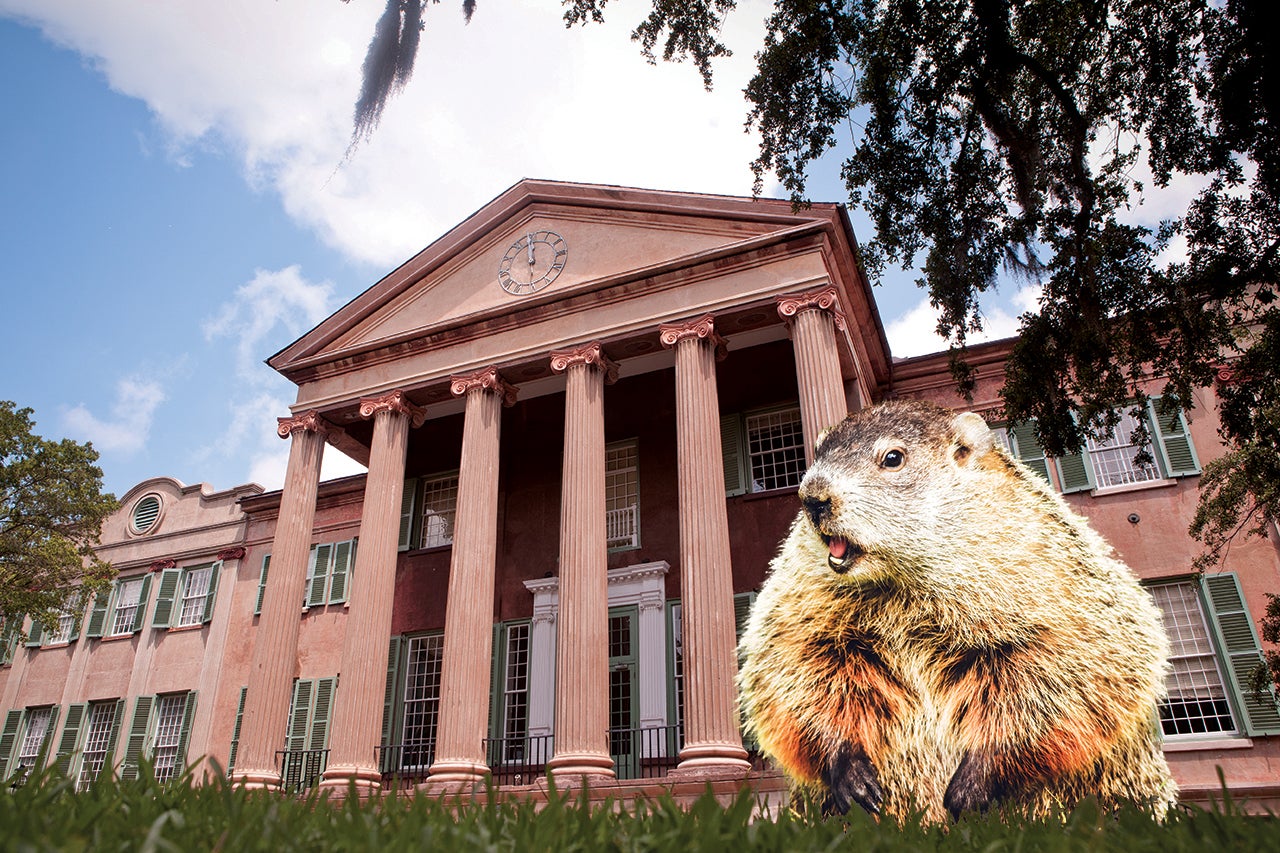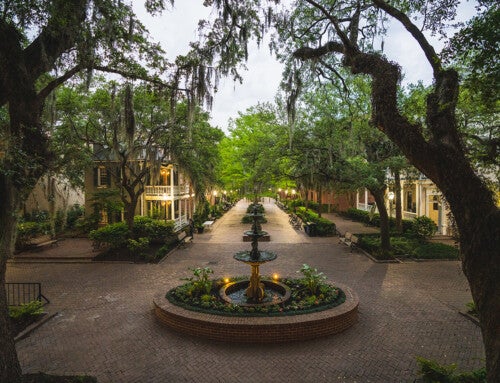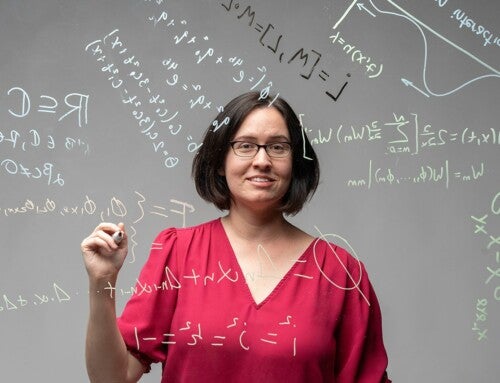https://www.youtube.com/watch?v=ORV0FwG7-Ms?rel=0
It’s that time of year again when we’ll all wait with baited breath to see if a nine-pound rodent pops out of his borough and signals the impending end to winter or six more weeks of frigid temperatures.
Not convinced of the science behind Groundhog Day? Gabriel Williams, assistant professor of physics, insists there are a lot of meteorologic reasons why Punxsutawney Phil may or may not see his shadow.
The most obvious factor driving whether old Phil gets startled by his own silhouette is cloud cover, says Williams, who is among the faculty in the College’s new meteorology program. CofC became the first college in South Carolina to offer an undergraduate degree in meteorology when it launched the major in the fall of 2016 through the Department of Physics and Astronomy.
“If you think of this in a simple way, you have a groundhog laying in the ground, kind of peering up and if it’s 90 percent, 100 percent cloudy then he’s going to look around and see nothing,” Williams says.
But, like any good scientist, if you consider all the variables, it’s not really that simple. If the groundhog is in an urban area where there a lot of buildings, it’s going to be easier to cast a shadow, Williams says. Conversely, if the furry little guy is popping up in an open field, it’s less likely he’ll see a shadow.
“And, really the essence of it would be when the groundhog came up was the sun over the horizon?” Williams postulates. “If it’s six, seven in the morning is the local time itself kind of conducive for you to see sunrise? If it is then you basically expect spring to be very much nearby because that means you now have a standard 12-hour day.”
As for the real science behind the arrival of spring, Williams says what really governs the change in the seasons is the tilt of the earth. As the earth tilts closer to the sun, the planet’s orbit is more favorable for sunlight to hit the northern hemisphere for a full 12 hours – and thus creating conditions for warmer temperatures.
And let’s face it, here in Charleston we have that one real week of winter before the weather transitions to highs in the 60s and 70s, Williams jokes.
“If it’s been like it has been in the last three to four years, you should expect to see warmer temperatures pretty much throughout February,” the meteorology professor says.




